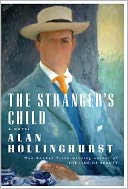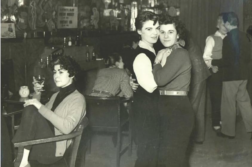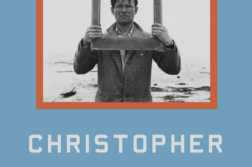 The Stranger’s Child
The Stranger’s Child
by Alan Hollinghurst
Alfred A. Knopf. 464 pages, $27.95
BY THE TIME you’ve read the fifth novel by any writer, you begin to see his work in a way you could not with the first, which is where we stand now with Alan Hollinghurst, whose new book people have been waiting for since his last, The Line of Beauty, won the Man Booker Prize in 2004. (The Stranger’s Child has also been nominated for the Booker.) Although Hollinghurst said, after winning the Booker, that his next book would be a collection of short stories, what The Stranger’s Child does, in nearly five hundred pages, is to confirm that he is a writer who revels in the long form.
This time he even seems to re-invent the form. The Stranger’s Child has an exceedingly clever structure; it’s essentially five big set pieces, separated by time and history, that take us from 1913 to the present. We begin with the visit that Cecil Valance, an aristocratic young poet, makes on the cusp of World War I to the middle-class home of George Sawle, his Oxford classmate (and boyfriend), and end almost a hundred years later with Rob, a young book dealer in London, tracking down clues to Valance’s life in a depressing London suburb, while making a date on his smartphone.






